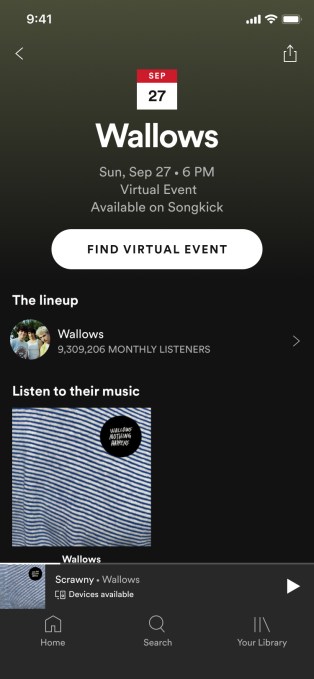The fall semester is off to a rocky start. When schools were forced to close in the spring, students (and parents) struggled. As the new school year begins, affluent families are building pandemic pods and inequities abound, while surveys suggest that college students want tuition discounts for online classes.
To avoid a catastrophic loss in revenue, colleges are bringing students back to campus. At UNC-Chapel Hill, those plans were quickly reversed when 130 students tested positive for the virus just a week into the new semester. As cases skyrocket, UNC will not be the only educational institution or school district to move online again.
What is it about digital learning that has schools so keen on reopening despite the health and reputational risks? Why hasn’t digital learning lived up to its promise?
If I were asked 20 years ago, as the founding CEO of Rosetta Stone, what digital learning would look like today, I would have imagined a very different future. Online learning was exploding. Teachers and faculty were experimenting with now commonplace consumer technologies like speech recognition and virtual reality to create immersive learning experiences.
Sadly, most of these innovations never took hold in our schools and colleges, and remote learners today are left with edtech that feels like it is still trapped in the 90s.
Ironically, the business of edtech and digital learning has been booming. Billions of dollars have been invested in tools and platforms that promise to improve the learning outcomes and lives of students. But for all the investments, headlines and flashy IPOs, edtech has little to show in terms of transformative outcomes.
The United States continues to lag behind many other advanced industrialized nations in math, science and reading literacy. Schools at all levels grapple with pervasive equity gaps. And research shows that heavily investing in education technology has, so far, yielded virtually no appreciable improvement in student achievement in these core subjects.
The challenge stems from the fact that rather than making learning better, the education technology field has, for the most part, focused on reaching more students. In our rush to scale, we have largely ignored tremendous pedagogical innovation that has occurred over the last twenty years.
No matter how high-tech a digital learning solution might be, it means nothing if it doesn’t also reflect recent and emerging changes in pedagogy. In 2010, a study at the University of North Texas compared how students retain information literacy skills in a face-to-face class, an online class and a blended class. The researchers found that there was no difference in outcomes between the three kinds of classes. This is because all three used the same materials and pedagogical approach.
But in a digital environment, far more is possible. We can now create video-game quality simulations to evaluate complex skills like creativity or problem-solving. Shy students can take the form of learning avatars in online laboratories — or explore career paths first-hand, through virtual reality. We know more than ever about attention span and engagement, or the connection between socio-emotional development and academic outcomes.
Researchers have, likewise, gained a deeper understanding of the ways students’ minds work. We know more than ever about how students reason, process information and solve problems. We know what kinds of scaffolding is required to develop and master these skills. Learning is best when it is built around doing, and when the context is practical, allowing students to try their hand at solving problems even as they’re still learning. It’s best when it is individualized, with progress based on a student’s personal aptitude and proficiency as they move toward mastering the material. And it’s best when it is enriched with peer-based discussion, practice and collaboration.
Astonishingly, few mass-market digital learning tools are built or adopted with these pedagogical advancements in mind. While Zoom is a fine tool for live conversations in small groups, it has few tools to facilitate the kind of engagement necessary for real learning. Coursera has raised millions for simply replicating the old-fashioned experience of a teacher lecturing at the front of a classroom. Quizlet is but a virtual collection of flashcards; it can assess the learning of certain facts, but it is hardly useful for the acquisition of skills. These types of common digital learning tools are increasingly great at making educators’ jobs easier. They are great at expanding access, allowing teachers and schools to reach more students than ever before. But scale, ease and access are not sufficient to help students learn and build skills.
The frustrations of educators and learners alike reflect the fact that education technology functions as a digital proxy for our oldest methods of teaching. Simply listening to a lecture is not effective in the real world, and yet that largely remains the default mode of education online. The impact of COVID-19 has only exacerbated these long-standing shortcomings. To create the digital learning experience students deserve — to finally fulfill the untapped promise and potential of educational technology — we must create tools that reflect not only advancements in technology, but in what we now understand about how the mind works and how students learn.
Source: Tech Crunch





